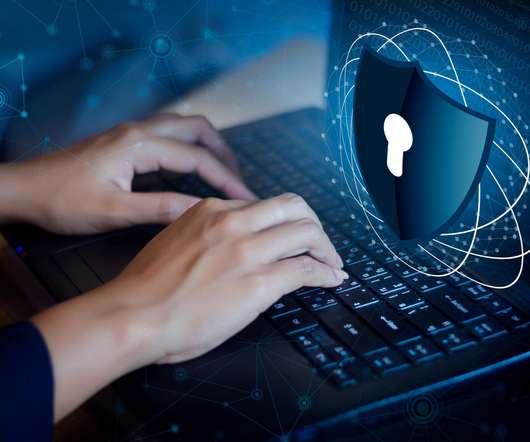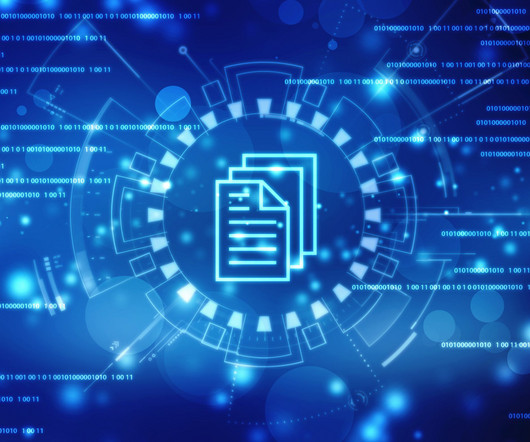What the Email Security Landscape Looks Like in 2023
Security Affairs
MAY 12, 2023
What started as notes from Nigerian princes that needed large sums of money to help them get home has evolved into bad actors that use refined social engineering tactics to convince the receiver to unknowingly share important information. During that time, email-based threats have become increasingly sophisticated.













Let's personalize your content